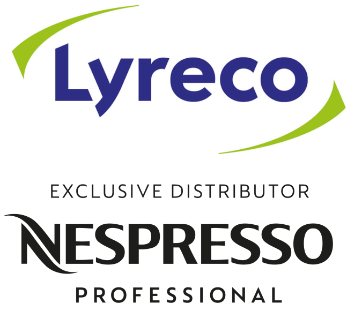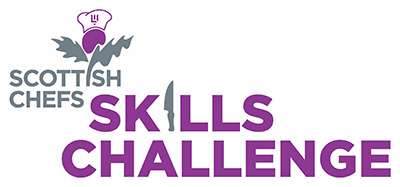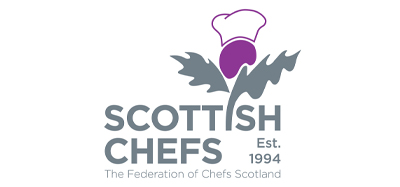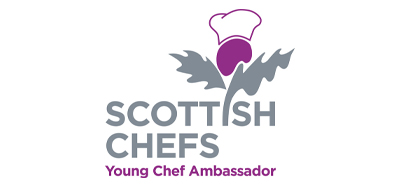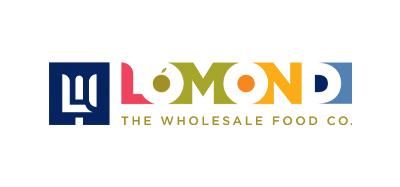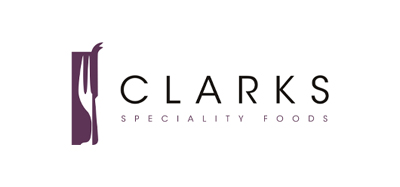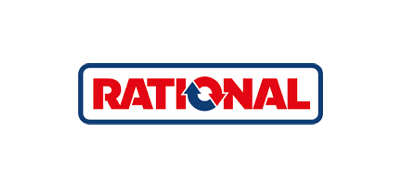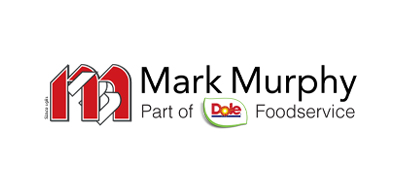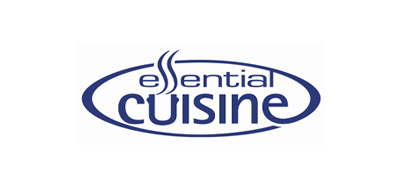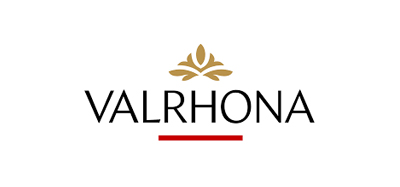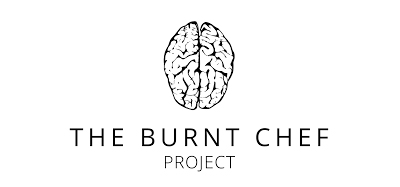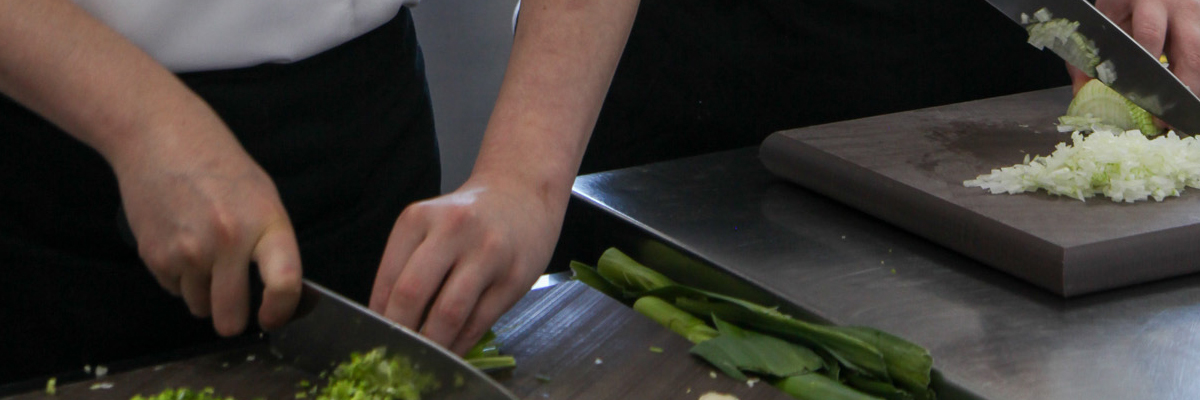
Competitors Best Practices
Judges are often asked what is meant by “Best Practices.” These are the guiding principles and standards that govern our competitions and outline what judges will be assessing throughout the competition. When read alongside the official competition rules and regulations, these practices will help ensure you are fully prepared and aligned with expectations.
The purpose of this document is to create a fair and consistent playing field for all competitors, providing clear insight into the key areas judges will focus on during evaluation. While this document does not cover every aspect of the judging and marking process, it highlights the essential Best Practices that every competitor should follow.
These guidelines should be read in conjunction with the Worldchefs Health and Food Safety Standards to ensure compliance and professionalism at every stage of the competition.
Below are the Five Keys to Worldchefs Food Safety in competitions. These guidelines are in keeping with Worldchefs competition guidelines and will help competitors understand how to compete in a safe manor:
1. Keep clean
2. Separate raw and cooked
3. Cook correctly with respect for the product
4. Keep food at safe temperatures
5. Selection of safe raw materials to produce the items
1. Keep Clean
- Wash and sanitize all surfaces and cooking equipment in the preparation area of the kitchen
- Fruits and vegetables need to be washed and packed in appropriate containers
- The kitchen area needs to be, clean, organised, as it is a showcase of our profession and a reflection on you, your employers or education provider.
- All the equipment, tools, utensils, or service wear including knives and knife containers (wraps, etc…) you may be using, must be clean
- Fridges must be organised methodically and within HACCP guidelines
2. Separate Raw and Cooked
- Keeping raw and prepared food separate prevents the transfer of microorganisms
- Cross-contamination is the term used to describe the transfer of microorganisms from raw to cooked food, and to the equipment used in the vicinity of the food items
- All food ingredients should be packed separately and labelled clearly by; name and date of packing, and if required, “use by” date
- Raw poultry, fish, seafood, and meat proteins are to be stored in their own closed containers. These items must be transported and stored at 5°C (41°F)
- Various packed and labelled dry items can be stored on the same tray
- Cooked food items must be stored above raw items to avoid drips and cross contamination. There should be no contact between the two items
3. Cook Correctly with respect for the product
- A standard HACCP sheet should be used in the preparation and cooking of the proteins. Ideally this sheet should contain the following:
- Name of item being cooked
- Temperature of item prior to cooking
- Length of timed during which the items was subjected to heat
- The actual temperature upon cooking
- Time at which the cooking process was completed
4. Keep Food at a Safe Temperature
- Microorganisms multiply quickly if food is not stored correctly. Holding food at a temperature below 5°C (40°F) or above 60°C (140°F), slows down or stops the growth of microorganisms but some dangerous microorganisms can still grow below 5°C (40°F)
- As mentioned under Cooking Correctly, a HACCP sheet should be used in all food preparations
5. Selection of safe raw materials to produce the items
- Raw protein can only be left on the worktable if it is stored on ice, or ice pad, and covered with more ice pads or other cold systems. The temperature of this protein must be kept below 10°C (50°F)
- Cooked food needs to be held above 63°C (145°F) to avoid microbial growth, and ensure the food is served hot
- Cooked food can be served à la minute to avoid this
